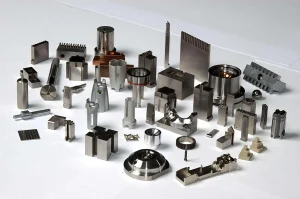Sheet metal processing is the backbone of modern manufacturing. It involves shaping and forming metal sheets into various components and structures. This process is not just about creating parts; it’s about pushing the boundaries of design and functionality. Let’s dive into the techniques, innovations, and endless possibilities of sheet metal processing.

Advanced Techniques: Shaping the Future
Firstly, let’s talk about the advanced techniques that drive sheet metal processing. Techniques like stamping, bending, and welding are the foundation. However, modern advancements like laser cutting and waterjet cutting have revolutionized the industry. These technologies enable fabricators to create intricate designs with high precision and efficiency.
Moreover, the integration of robotics and automation has streamlined production processes. Robots can handle repetitive tasks with consistency, reducing human error and increasing productivity.
Innovation: The Engine of Progress
Secondly, innovation is the engine that drives sheet metal processing forward. Fabricators are constantly exploring new materials, processes, and technologies to improve quality, reduce costs, and enhance sustainability.
For instance, the use of aluminum and other lightweight materials is becoming increasingly popular in automotive and aerospace applications. These materials offer strength and durability while reducing overall weight, which improves fuel efficiency and performance.
Additionally, the rise of additive manufacturing, or 3D printing, is transforming sheet metal processing. This technology allows for the creation of complex geometries and prototypes that were previously impossible to achieve.
Boundless Possibilities: From Concept to Reality
Furthermore, the possibilities within sheet metal processing are truly boundless. Fabricators can create custom parts and components for a wide range of industries, including automotive, aerospace, medical, and construction.
The versatility of sheet metal allows for endless design options. Fabricators can work with various thicknesses, textures, and finishes to achieve the desired aesthetic and functional properties.
Moreover, the integration of technology and design software has made it easier for fabricators to collaborate with clients and bring their visions to life. From initial concept to final production, sheet metal fabrication offers a seamless and efficient process.
Conclusion: Embracing the Future
It’s a dynamic and innovative field that offers endless possibilities. With advanced technology, ongoing innovation, and limitless creativity, manufacturers can shape the future of manufacturing. The potential for the future will only grow as technology continues to advance, driving advancements and pushing the boundaries of design and functionality.






